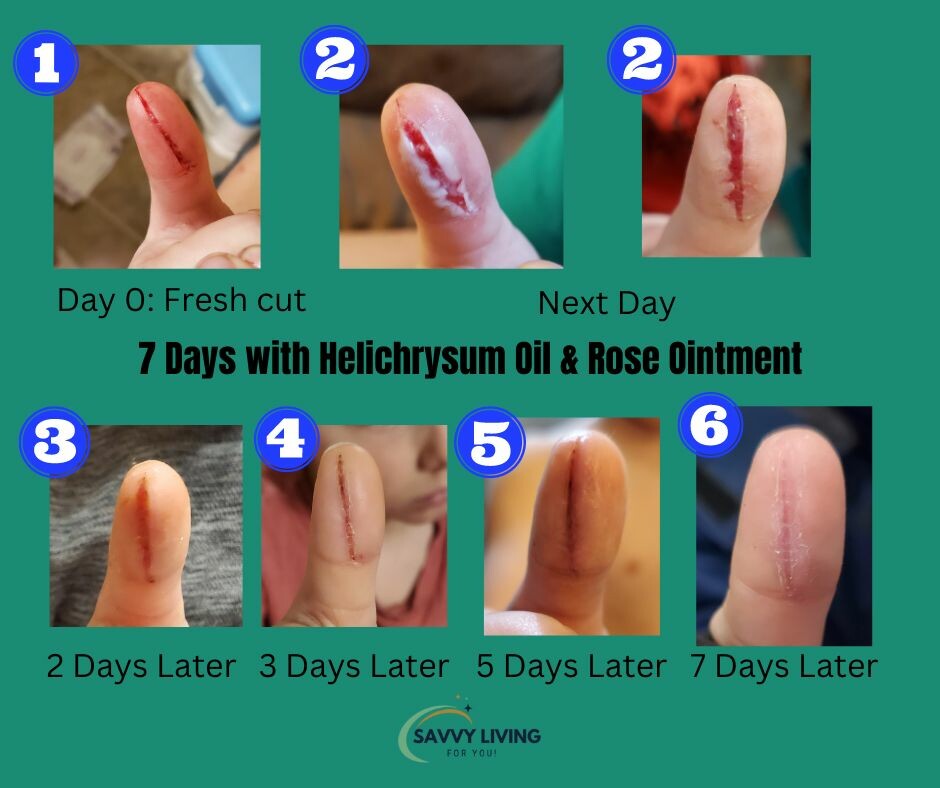
The apple harvest was abundant this year! I have made SO MANY things with my apples and have found myself knee-deep in apple peels and cores after each busy day of pie-making or juice steeping. Those “scraps” are actually gold for your homestead kitchen. You can turn them into homemade apple scrap vinegar, a tangy, probiotic-rich pantry staple that works just like apple cider vinegar “with the mother.”
Once you’ve made your vinegar, you can feed the spent scraps to your chickens or toss them in the compost pile. Nothing wasted!
🧺 What You’ll Need
- 1 gallon bucket of apple peels and cores (from organic, pesticide-free apples — more cores = more flavor)
- 1 quart non-chlorinated water
- ¼ cup sugar
- A ceramic or glass bowl with a loose-fitting lid or clean dish towel cover
- A plate that fits nicely inside your bowl to keep scraps submerged
🍯 Step-by-Step: Making Apple Scrap Vinegar
1. Mix your sugar water.
Dissolve ¼ cup of sugar in 1 quart (4 cups) of non-chlorinated water. This sugar gives the natural yeasts something to feed on and kick-starts fermentation.
Dissolve ¼ cup of sugar in 1 quart (4 cups) of non-chlorinated water. This sugar gives the natural yeasts something to feed on and kick-starts fermentation.
2. Combine apples and liquid.
Place your apple scraps into your glass bowl or jar. Pour the sugar water over them until completely covered. If you need more liquid, just mix 1 tablespoon sugar per cup of water and add until everything’s submerged.
Place your apple scraps into your glass bowl or jar. Pour the sugar water over them until completely covered. If you need more liquid, just mix 1 tablespoon sugar per cup of water and add until everything’s submerged.
3. Keep it submerged.
Use a plate to weigh the apple pieces down under the water — this helps prevent mold. Any fruit exposed to air can mold and spoil your batch.
Use a plate to weigh the apple pieces down under the water — this helps prevent mold. Any fruit exposed to air can mold and spoil your batch.
4. Cover and ferment.
Loosely cover the bowl with a dish towel and loose lid that does NOT seal air-tight. This keeps out dust and fruit flies while still allowing air in. Let it sit at room temperature for 1–4 weeks, stirring every 12–24 hours (more often is better!).
Loosely cover the bowl with a dish towel and loose lid that does NOT seal air-tight. This keeps out dust and fruit flies while still allowing air in. Let it sit at room temperature for 1–4 weeks, stirring every 12–24 hours (more often is better!).
After about a week, you’ll notice bubbles — a sure sign that fermentation is happening. The smell will shift from lightly alcoholic to vinegary as the process continues.
If the apple bits start turning brown, you can strain them out anytime after the first week, but keep stirring the liquid daily and fermenting for at least 4 weeks total.
5. Strain and store.
After 4 weeks, strain out the remaining fruit using a fine filter or coffee filter. Transfer your finished vinegar to clean glass bottles or jars with screw-on or cork tops. Store it in a cool, dark place, and it’ll keep indefinitely.
After 4 weeks, strain out the remaining fruit using a fine filter or coffee filter. Transfer your finished vinegar to clean glass bottles or jars with screw-on or cork tops. Store it in a cool, dark place, and it’ll keep indefinitely.
🧠 Notes & Tips
- I’ve found a 4-quart Pyrex bowl perfect for making a half-gallon batch. A dinner plate fits just right to keep the peels submerged.
- Keep a dish towel over the top and a plug-in bug light nearby if fruit flies become an issue.
- Over time, you’ll see a cloudy film or jelly-like blob develop. That’s the mother (SCOBY) — the beneficial bacteria doing all the fermenting magic! You can leave it be or save a piece to jump-start your next batch.
- Stir often and keep the scraps submerged to avoid mold.
- Keep your vinegar away from other ferments (like sourdough starter or kombucha) to prevent cross-contamination.
🌿 How to Use Your Apple Scrap Vinegar
Use it anywhere you’d use apple cider vinegar:
- As a base for salad dressings or marinades
- Or add a splash to soups, stews, and sauces
- To use in pickling or canning recipes, you must test the pH, which needs to be at least 4.5% acetic acid.
Homemade apple scrap vinegar is one of those slow, simple projects that reminds us how little waste nature truly makes — and how much flavor comes from what we usually throw away.
If you enjoyed this practical recipe, you'll love using those apple scraps and any small or blemished apples to make your own apple juice too! Check it out HERE and them hop into our Home Instead facebook community for recipes, homestead tips, and fellowship. Check us out HERE!
Some links may be affiliate links. See full disclosure here.



















0 Comments